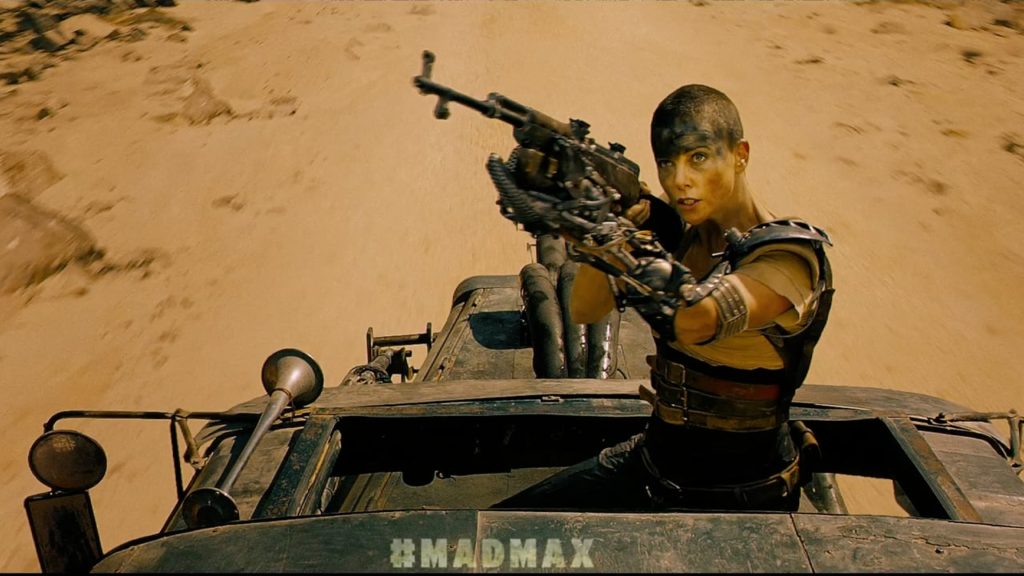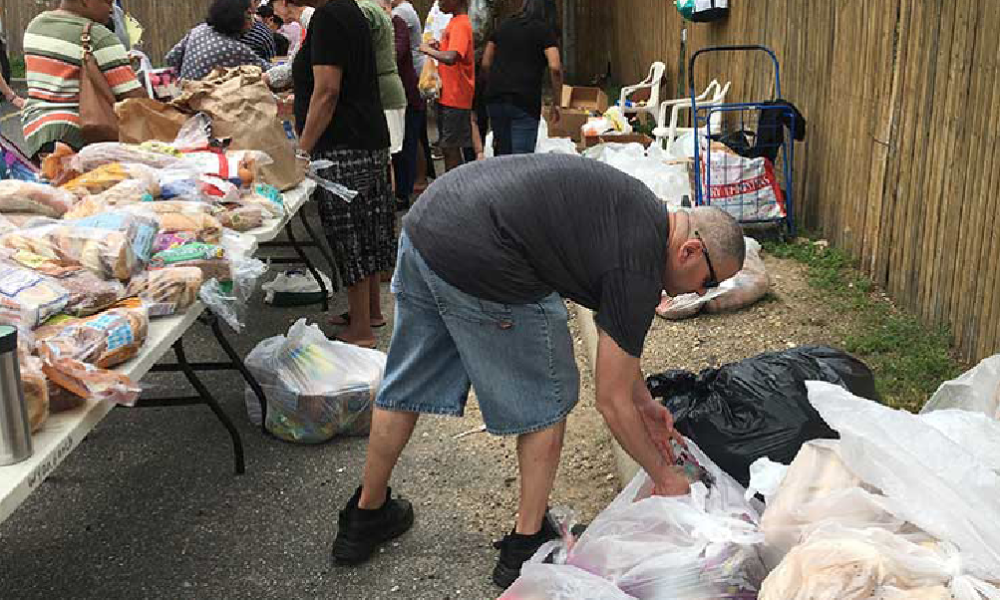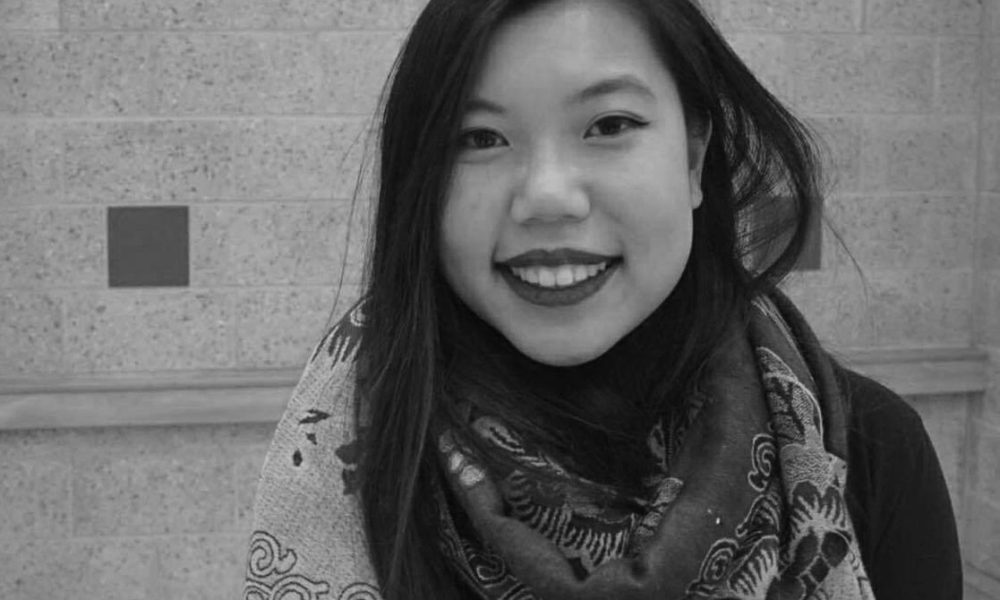George Miller’s Mad Max: Fury Road is a film, set in a post-apocalyptic wasteland that shows a systematically oppressed group of “Wives” escaping a capitalist cyborg king as he tries to birth the perfect son. The movie opens with the aforementioned king, Immortan Joe, sending his “Imperator” Furiosa, on a mission to “bring back ‘guzzaline’ from Gastown And bullets from the Bullet Farm” (Miller 0:08:00). The audience quickly learns that Furiosa – the short-haired, one-metal-arm warrior woman – is smuggling Joe’s birthing wives to safety. Joe covets these women because his ultimate goal is to produce a son free of mutations, disabilities, or degenerative diseases to carry on his reign since all of his previous attempts have resulted in children who cannot operate without prosthetics. Similarly, this objectification of the Wives institutionalizes their bodies as weak, pure reproductive wombs. Reliance on a prosthetic, liquid (blood, water, milk) or mechanical, is viewed as imperfect and, at its extreme, horrific. Each body in the film represents some reliance on a prosthetic: Joe, his sons, and brothers cannot live without the prosthetics that keep them breathing and mobile; the wives, though free from a mechanized prosthetic are handicapped in the world of Mad Max by their gender. Furiosa, even with her prosthetic arm and female identity, is able to transcend the prosthetic and ultimately becomes the ruler of the new world order. While Miller’s Mad Max: Fury Road visualizes a return to an idealistic concept of humanity, by situating gender as an unneeded “prosthetic” encumbrance on the body, the film’s representations of female characters offer a humanism that has gone beyond the normative categories of gender performance and in the end reflects a world ruled by women who are free from their “prosthetic.”
To begin, Immortan Joe, his two disabled sons, and his brothers represent a body that is doomed without the aid of a prosthetic; their reliance on these prosthetics signal to the viewer that they are in danger of both losing control of their kingdom and becoming obsolete. At 0:06:24 the camera introduces Joe by first illuminating his damaged body. Joe’s head is out of the frame and he is simply characterized by the scars and tumors that inhabit his back; a wheezy cough breaks the silence. The camera moves to another shot, this time of Joe’s chest, which is scarred and in ruin and still Joe’s face is omitted from the camera’s view. Joe does not simply take the podium as a strong and powerful leader, he is instead characterized by his body’s flaws. This series of shots is juxtaposed with several shots of heavy machinery: the moving parts that facilitate his patriarchal rule. This series of shots works to show the audience that while Joe’s kingdom may be strong, his rule is not, and his body is on the verge of collapse: “His toadlike skin is caged in a transparent breastplate, and he breathes through a mask that’s armed with yellowing horses’ teeth and fed by bellows that wheeze up and down on the back of his neck,” (Lane 2). This breastplate and breathing apparatus are the only things that allow him to address his subjects and allow him to speak. Joe’s reliance on his prosthetic shows his distance from an ideal humanity and shows that without this prosthetic, he would be unable to breath, much less rule.
Moreover, Joe is in a state of weakness not only because of his physical prosthetic, but also because he is clinging to what masculinity he has left in the Patriarchy he has designed. It seems that in the world of Mad Max, gasoline is as much of a commodity as strong sperm. Even with his five Wives, he has struggled to produce a son that is free of the prosthetic. Both sons, pictured together at 0:13:30, are reliant on some form of machinery to give them agency in near-future Australia. The son who discovers Furiosa’s traitorous plot is confined to a wheelchair with some form of Muscular Dystrophy, the other son has a strong body but lacks the intelligence of the former. They are, in Joe’s view, failed attempts at creating a son representative of pure, unadulterated humanity. Joe’s kingdom focuses on his ability to produce a viable offspring: at 0:07:06 the camera introduces a steering wheel that is the subject of the shot, this steering wheel is then mounted on Joe’s crotch at 0:07:07 and the camera lingers on the wheel on his crotch until 0:07:10. While the camera has, up until this point, placed Joe’s frail body and the prosthetics he must wear both on a line of the rule of thirds, and as the subject of each of the previous shots, it does the same for the symbol of his kingdom and the crotch upon which it is mounted. The audience has been shown a series of shots of Joe’s body in order to identify him as a character of importance, however, he is introduced over the course of a minute by the prosthetics that allow him to rule: his air filtration system and his manhood. This wheel can be seen one minute earlier in the film at 0:06:00 as the first thing the audience sees after the title of the film. The title of the film itself seems to separate the two main characters. Before the title screen, Max has been stripped of his freedom, his vehicle, his blood, and his voice. After the title we see Furiosa, who although being a woman in Joe’s patriarchy, has won back these things but is branded as a possession of Joe’s. Joe’s masculinity, though failing, allows him to rule the kingdom he has created, but his prosthetics in the form of both his breathing apparatus and gender, are beginning to fail.
By comparison, the Wives are physically perfect and require no physical prosthetic, but are limited by the prosthetic that is their accentuated femininity. These five women are played by models. They are clothed, if you could consider pieces of cloth covering their sexual organs clothes, in white cloth. Their hair is long and flowing. They seem to be the exception for all the human degradation that has happened in this wasteland. They are to Joe the ideal mothers because their humanity is not warped by any prosthetic. They are free of tumors, of disabilities, and of mechanisms. They symbolize the organic in a world that is defined by its machinery: the cars, the elevator, the reliance on gasoline. Whereas Furiosa is not compatible as a breeding wife because she is fragmented and incomplete, the Wives are perfect and pure. As previously mentioned, there is a spectrum in which the return to the idyllic humanity is juxtaposed by having your prosthetic become you: At 1:14:42 the camera shows barely human creatures traversing a swamp on stilts. The music fades away and there is a haunting feeling that overcomes both the audience and everyone traveling in the War Rig. At 1:14:52 each of the characters looks on in horror at the beings that now inhabit the swamp. The camera gets a close up of each party, Max, Furiosa, and the Wives, until the scene fades to black. For each of them these ghostlike crows that walk this poisonous swamp are at the opposite end of that spectrum. They are entirely consumed by their prosthetic. The wives, though physically perfect, are identified by their gender performance as breeders.
This femininity defines them from the beginning of the film: at 0:13:48 Joe rushes to the vault they are stored in and both he and the camera, through forced perspective of the vault chamber, learn of their absence and of their writing “our babies will not be warlords,” and “we are not things.” Though they themselves without prosthetic, they must shed their femininity in order to get away from Joe’s castle: “[They] evolve from eye candy into a feminist guerrilla force,” (Scott 10). Though it is not as simple of a transition as Scott makes it out to be. At 0:33:07 the wives are shown for the first time. The camera, behaving like the eyes of Max himself, refocuses as if the beautiful Wives are a mirage in the vast desert. A wet t-shirt contest of sorts erupts as the Wives, all in white, wash themselves off with a hose. The Wives’s gender is put on display in almost a pornographic sense. At 0:33:28, however, the camera once again composes itself so that a character is seen only by their crotch. The Wives are removing the steering wheel branded warped chastity belts from their bodies. As it falls to the ground the camera continues to zoom in on it. This shot alone signifies the beginning of the breakaway from the Wives’s gender prosthetic. Here, though they remain gorgeous, the Wives are departing from their objectification.
Finally, amongst this spectrum of prosthesis, humanity, and gender performance lies Furiosa. Furiosa is a foil for the Wives. Unlike their bodies, she has a prosthetic in the form of her mechanical arm, and unlike their identity, she is completely de-gendered. To understand Furiosa’s prosthetic it is important to look at the Warboys. At 0:15:29 a group of Warboys claims and worships the wheels that come from a mechanical altar. Similarly, at 0:15:47 two Warboys fight over who gets the wheel (disconnected from the car of course). This wheel which gives them the right to drive their car is sacred to them because it enables them to move within the world in which they exist. At 0:58:21 Furiosa is able to drive without this steering wheel: she uses her prosthetic arm in order to drive the car. Regardless of the steering wheel that is made a relic through Joe’s religion, Furiosa can operate the War Rig and retains her agency. At 0:35:43 the audience is shown that Furiosa can operate even without her prosthetic. She punches Max in the face with her stump, completely indifferent as to the presence of her mechanical arm. Though Furiosa’s body is fragmented by way of her missing limb, her body is able to operate both by travel and by physicality.




Comments are closed.